In the realm of modern skincare, few ingredients have garnered as much attention, praise, and scrutiny as retinol. This vitamin A derivative has become a cornerstone of dermatological and cosmetic skin care, celebrated for its ability to reduce fine lines, improve texture, and support cellular renewal. However, for many individuals navigating the complexities of a skincare regimen, one central question remains: when should you start using retinol? The answer is far from one-size-fits-all and depends on numerous factors including skin type, age, lifestyle, and even genetic predispositions.
You may also like: How to Choose Skin Care for Fine Lines: Evidence-Based Tips for Healthier, Younger-Looking Skin
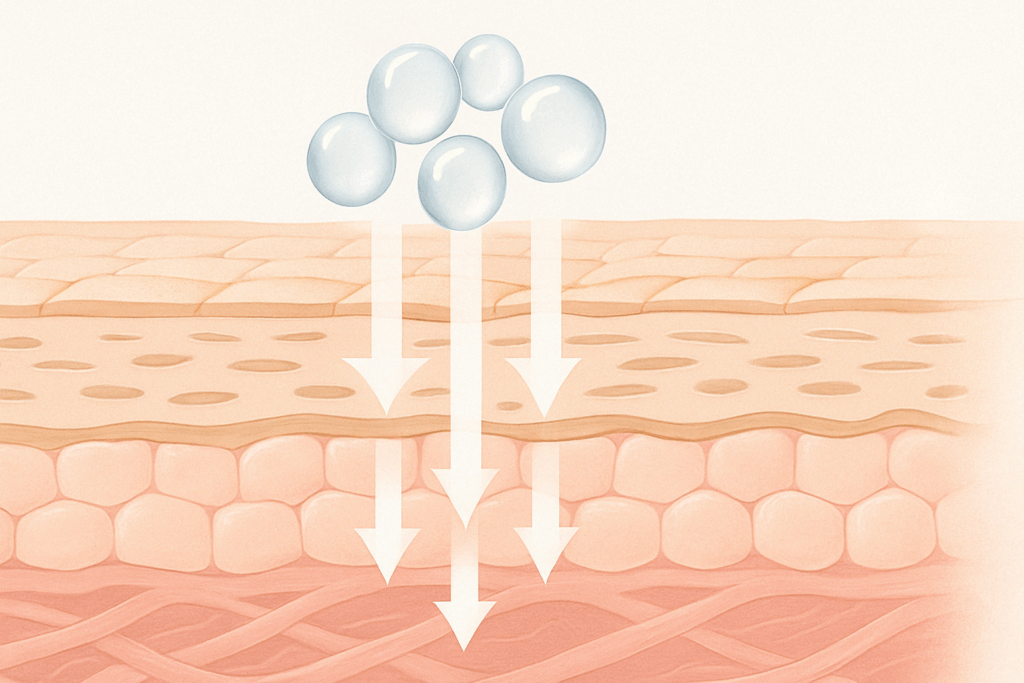
Understanding when retinol is good to use begins with an appreciation of its mechanism of action. Retinol penetrates the skin and accelerates cell turnover, prompting older, dull cells to shed while encouraging the development of newer, more resilient skin layers. This process helps combat common signs of aging and is one of the key reasons why retinol for skin has been extensively studied and recommended by dermatologists. But understanding how to use retinol—and more importantly, how to apply retinol safely—requires a nuanced, medically informed approach.
The benefits of retinol for skin health are manifold. It has demonstrated efficacy in reducing the appearance of wrinkles, treating acne, minimizing hyperpigmentation, and improving overall skin radiance. However, retinol is not without its caveats. Retinol side effects such as dryness, flakiness, and irritation are common, particularly in the early stages of use. Thus, knowing when should you start using retinol and how to use retinol serum properly is essential for optimizing outcomes while minimizing risks.
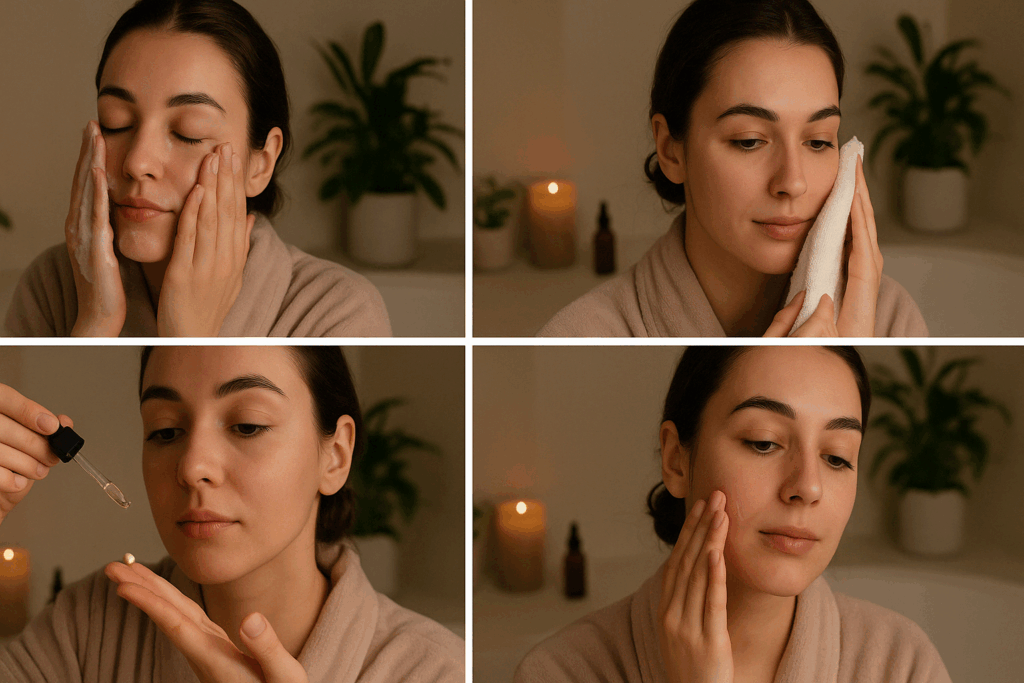
Dermatologists often recommend starting with small doses, especially for those with sensitive skin or individuals new to the ingredient. Can you use small retinol every day? In many cases, the answer is yes—but only once the skin has been adequately acclimated. A gradual introduction, perhaps applying it every third night and then slowly increasing frequency, can help the skin adjust without triggering an inflammatory response. Questions such as can you use retinol every day or should it be part of a nighttime-only routine are addressed by examining individual skin behavior and the formulation in question.
There is also growing interest in the appropriate timing for beginning retinol use from an age perspective. Many experts now suggest that introducing retinol in your mid to late twenties can serve as a proactive strategy against premature aging. This does not imply that retinol is exclusively anti-aging. Indeed, the benefits of retinol for skin go far beyond wrinkle reduction, extending into realms like acne treatment and skin texture improvement. As such, retinol for face concerns like breakouts and uneven tone can be beneficial for individuals even in their teenage years, under clinical supervision.
Understanding where to apply retinol and how to integrate it into your broader retinol skincare routine is just as crucial. Typically, retinol is applied to clean, dry skin after cleansing and before moisturizing. Areas like the forehead, cheeks, and chin are primary zones, but sensitive areas such as the corners of the nose and around the eyes may require special care or omission. Knowing where to put retinol to maximize its effectiveness without overwhelming the skin barrier is part of building a successful regimen.
For those wondering about how to use retinol at night, the answer lies in both science and tradition. Retinol degrades under sunlight, which is why nighttime application has become standard practice. The phrase “retinol day or night” frequently sparks debate, especially among skincare enthusiasts eager to maximize the ingredient’s potential. Can I use retinol in the morning? Technically, yes—but it necessitates diligent sunscreen use and a low-exposure lifestyle. The interplay between retinol and sun exposure is significant, with retinol and sunlight interactions potentially heightening sensitivity and increasing the risk of burns. Therefore, applying retinol during the day requires careful consideration.
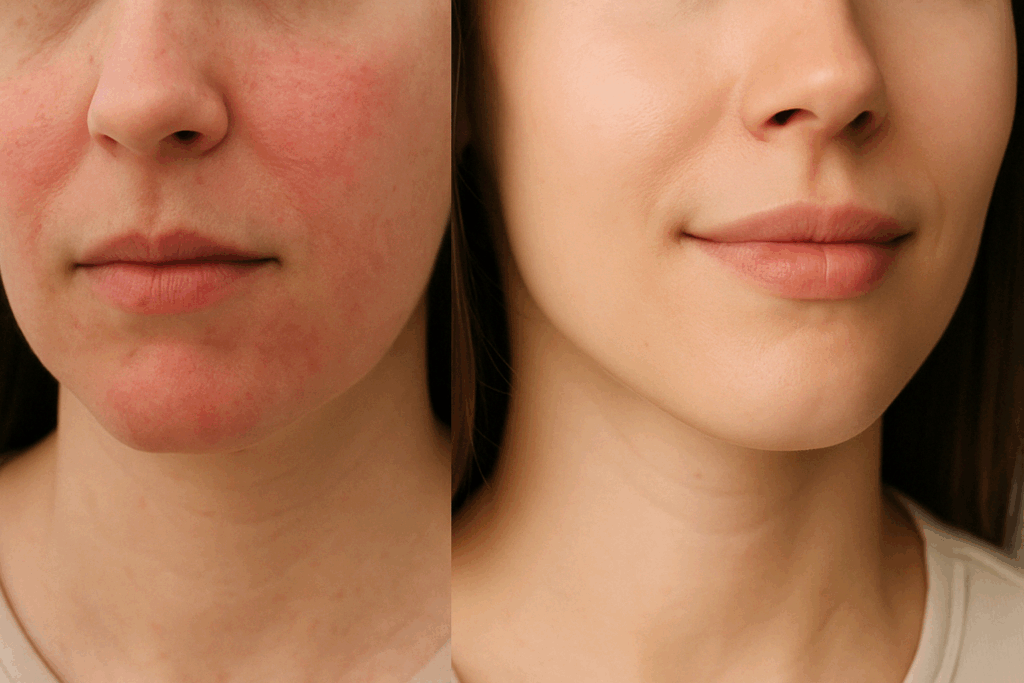
Likewise, the question of can you use retinol during the day is complex. While certain newer formulations claim photostability, most experts agree that retinol during the day is best avoided unless paired with broad-spectrum SPF and antioxidant-rich moisturizers. For many, the answer to retinol day or night defaults to the evening, simply to safeguard against unnecessary photodamage. Nonetheless, as formulation technology evolves, this advice may eventually shift.
The inquiry into how to use retinol serum effectively often begins with understanding the formulation’s concentration. Lower-strength formulations—typically 0.25% to 0.5%—are ideal starting points for beginners. These concentrations allow the skin to adapt without overwhelming its natural barrier. When stepping up to higher concentrations, it is crucial to assess skin tolerance and consult with a qualified dermatologist. Similarly, combining retinol with hydrating ingredients such as hyaluronic acid or niacinamide can significantly reduce the likelihood of adverse reactions.
Many individuals seek clarity on how to apply retinol without triggering common pitfalls like redness or flaking. Best practices include applying a small pea-sized amount over the entire face, avoiding layering with other actives like AHAs or BHAs initially, and moisturizing generously after use. The simplicity of a good retinol skincare routine lies in consistency and patience rather than complexity. Overuse or haphazard application often leads to what some refer to as the “retinol uglies,” a period marked by dryness and peeling.
Another recurring concern is the long-term safety of retinoid use. Is retinol safe for continued application across years or decades? The evidence overwhelmingly supports its safety profile when used responsibly. However, questions like is retinol bad for you or what are the dangers of retinol cream emerge from misunderstandings or anecdotal experiences that overlook dosage, formulation, and application technique. Medical literature confirms that side effects are typically dose-dependent and reversible with discontinuation.
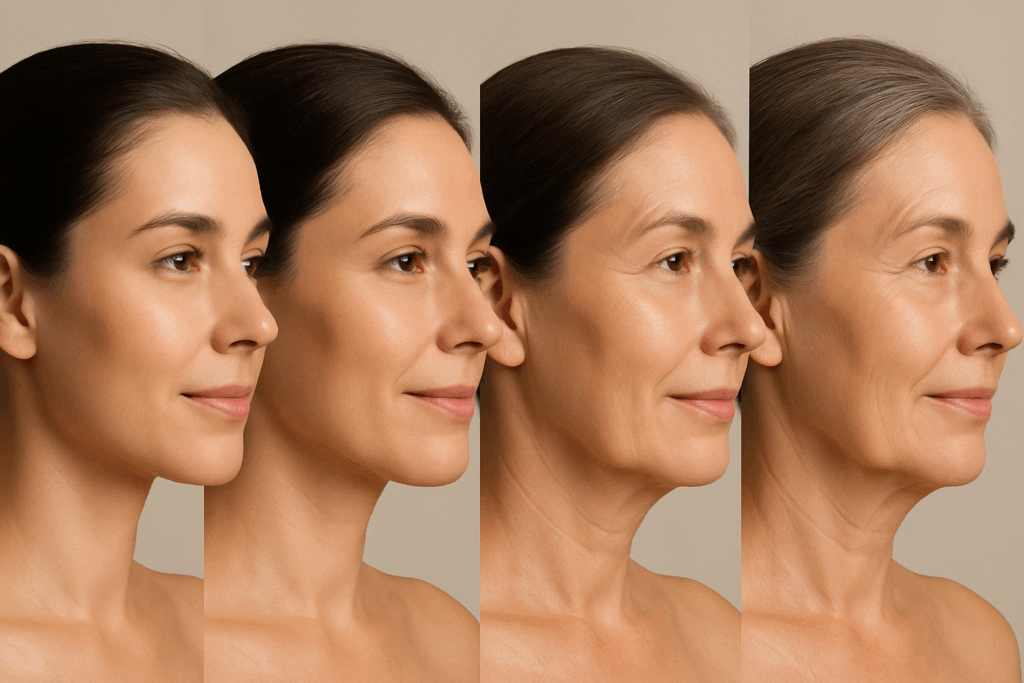
Speaking of safety, retinol cream side effects can be minimized by choosing formulations with stabilizing agents and emollient bases. Additionally, applying retinol to damp skin can increase penetration and potency—sometimes to a fault. For sensitive skin types, ensuring that skin is completely dry before application is often recommended to mitigate absorption intensity. This subtle distinction in application technique can be pivotal in determining the comfort and success of retinol use.
A well-orchestrated retinol skincare routine also accounts for seasonal variations. Winter, with its lower UV index and reduced outdoor exposure, is generally considered an ideal time to initiate or intensify retinol use. Conversely, summer poses challenges due to increased sunlight, heat, and humidity. For this reason, the question of when is retinol good to use can depend not only on age or skin type but also on environmental factors. Applying retinol during the day in summer is particularly risky without rigorous sun protection.

Understanding the science behind retinol benefits can deepen one’s appreciation of its transformative potential. Retinol enhances collagen synthesis, a key factor in skin firmness and resilience. It also helps normalize keratinization, which explains its effectiveness in treating acne. These mechanisms are well-documented in dermatological research and underscore the multifaceted benefits of retinol for skin. Yet, retinol and sun exposure remain a concern even with these advantages, emphasizing the importance of timing and protective adjuncts.
One frequently asked question is whether retinol every night is advisable. For seasoned users with resilient skin, nightly use is both attainable and beneficial. However, for newcomers or those with sensitive skin, building up to such a regimen is a more prudent strategy. Tolerance can vary significantly, and while consistency is key, overuse can compromise the skin barrier. A tailored approach that evaluates response over time is the safest and most effective path forward.
The synergy between retinol and other skincare components further complicates its integration into a routine. Pairing retinol with sunscreen is non-negotiable, as is the inclusion of soothing agents such as ceramides, peptides, or aloe vera. While some may wonder if they can use retinol in the morning and at night, this approach is generally discouraged due to cumulative irritation. Even in advanced routines, most dermatologists caution against doubling up on applications unless under direct supervision.
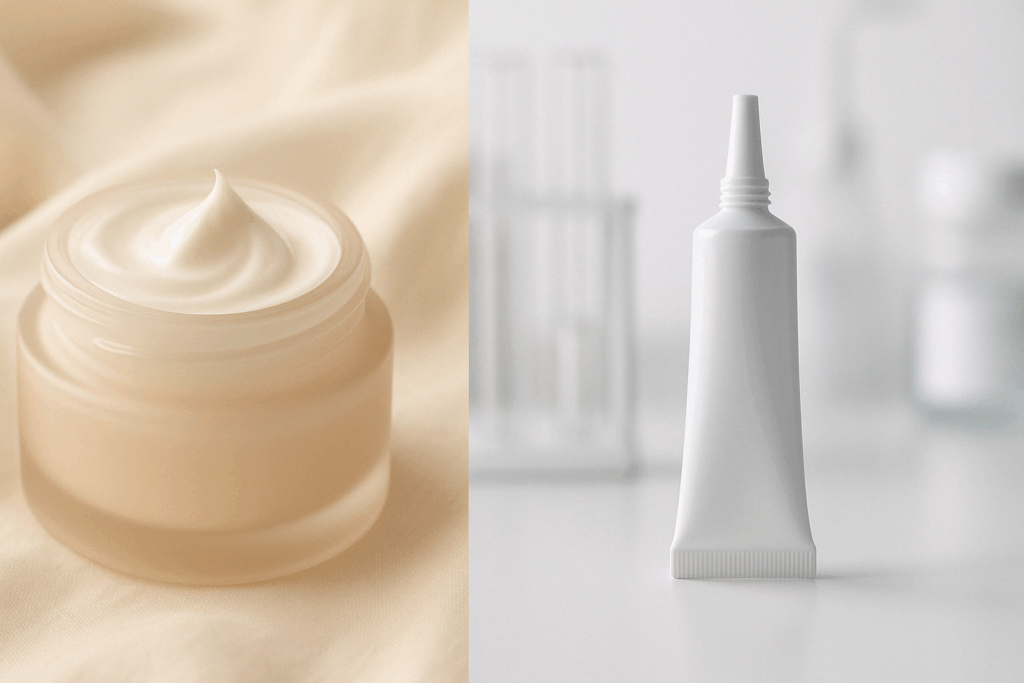
Moreover, retinol serum benefits may be amplified when combined with well-formulated moisturizers and serums tailored to specific skin concerns. Whether targeting acne, hyperpigmentation, or fine lines, layering correctly and with intention is critical. The risk of over-exfoliation or barrier disruption increases when retinol is used haphazardly or combined with incompatible actives. Therefore, knowledge of where to apply retinol and when to layer versus alternate days with other products is a hallmark of an expert regimen.
Navigating the nuanced world of retinol also involves addressing the mythologies surrounding its use. Claims that retinol thins the skin or causes permanent damage are largely unsubstantiated. In truth, retinol has been shown to thicken the dermis by stimulating collagen production. The confusion often arises from its initial exfoliating effect on the epidermis, which can make the skin appear temporarily thinner or more fragile. Such misunderstandings fuel concerns about dangers of retinol cream, which are generally avoidable with proper education and technique.
The dialogue around retinol and sunlight also merits clarification. While retinol does increase photosensitivity, the risks are manageable with diligent sunscreen use. A broad-spectrum SPF 30 or higher, reapplied throughout the day, significantly reduces the chance of photodamage. The issue is not whether retinol and sun exposure can coexist but whether users are prepared to take the necessary protective measures. This is particularly relevant when considering whether you can use retinol during the day without incurring harm.
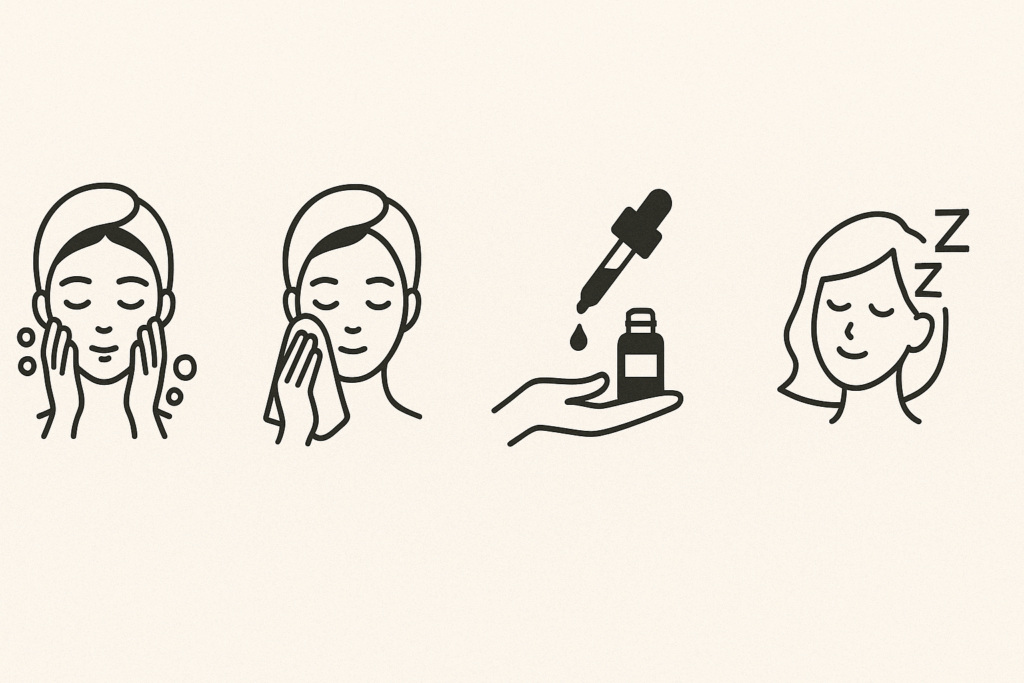
As with any potent active, the question of is retinol safe is best answered in the context of informed usage. Most dermatologists agree that when used correctly, retinol is not only safe but one of the most effective tools in dermatological science. The key lies in education, moderation, and a willingness to listen to your skin’s responses. A successful experience with retinol often begins with small steps, guided by evidence-based practices and professional insight.
Ultimately, determining when should you start using retinol involves more than marking a birthday or copying a trend. It’s a decision best made through self-awareness, consultation, and a clear understanding of individual skin needs. Whether you’re addressing early signs of aging, persistent acne, or simply seeking a more radiant complexion, retinol can offer meaningful results—if approached with patience and respect for the process.
The path to mastering how to use retinol lies in harmonizing science with self-care. It’s not just about the ingredient but how, when, and why you use it. With thoughtful integration, attention to detail, and a commitment to skin health, retinol can be a transformative element in your skincare journey.
Frequently Asked Questions: Retinol Use, Safety, and Skincare Integration
1. Can I use retinol if I have rosacea or eczema-prone skin?
Using retinol for skin affected by chronic conditions like rosacea or eczema requires a highly customized approach. While retinol benefits include collagen stimulation and improved texture, these advantages can be offset by irritation in already sensitive skin. In such cases, dermatologists often recommend microencapsulated or time-released formulations, which release retinol gradually to reduce the risk of flares. Additionally, layering a calming barrier cream over the retinol at night can shield the skin while still allowing the active ingredient to function. If you’re considering how to apply retinol under these circumstances, it’s critical to consult with a dermatologist to design a plan that accounts for your unique skin sensitivities.
2. What does retinol do differently than prescription retinoids like tretinoin?
While both retinol and prescription retinoids fall under the umbrella of vitamin A derivatives, they differ significantly in strength and mechanism. Retinol for face and over-the-counter use must convert into retinoic acid within the skin, making it slower-acting but generally gentler. Tretinoin, on the other hand, is already in its active form and penetrates the skin more rapidly, which increases both its potency and likelihood of side effects. If you’re deciding when is retinol good to use versus a prescription alternative, consider factors like skin resilience, treatment goals, and your tolerance for retinol side effects. For beginners, retinol serum benefits offer a safer entry point with fewer risks of over-exfoliation.
3. Can you use small retinol every day in combination with acids or exfoliants?
Combining retinol with alpha-hydroxy acids (AHAs) or beta-hydroxy acids (BHAs) can lead to compounded exfoliation, increasing the chances of barrier damage and inflammation. While retinol skincare routine enthusiasts sometimes incorporate both, this should only be done once the skin has shown stable tolerance. For those interested in how to use retinol serum with acids, alternating nights or using acids in the morning and retinol at night is a safer protocol. Small concentrations can be used more frequently, but even low-strength formulas should be monitored for reactions when combined with exfoliating agents. Always observe how your skin responds and adjust frequency rather than intensity when irritation occurs.
4. What’s the psychological impact of starting a retinol skincare routine?
Although rarely discussed, the psychological dimensions of retinol use are significant. For individuals using retinol for face rejuvenation or acne, the initial purging phase can trigger anxiety or frustration. Setting realistic expectations, understanding that results take several weeks, and acknowledging emotional responses are vital to maintaining a consistent routine. The long-term benefits of retinol for skin appearance can boost confidence and mental well-being, but only when the process is approached with patience and informed planning. Dermatologists often recommend journaling changes or using photo tracking apps to document progress, which can help reinforce the value of staying consistent, especially during early periods of discomfort.
5. Can I use retinol in the morning if I work in an indoor, low-light environment?
While retinol and sun exposure typically don’t mix, there are exceptions in highly controlled settings. If your job keeps you entirely indoors with minimal UV exposure—such as in windowless labs, studios, or underground offices—you may be able to safely explore when retinol is good to use during the day. However, even brief exposure during lunch breaks or commutes can negate this advantage. If you do choose to use retinol during the day, a high-SPF, broad-spectrum sunscreen is essential, and layering with antioxidants like vitamin C can offer further protection. Ultimately, whether can you use retinol during the day depends more on your environment and protection strategy than the time on the clock.
6. What does retinol do when used in combination with peptides or growth factors?
Combining retinol with peptides or growth factors can amplify rejuvenation outcomes while tempering side effects. While retinol benefits include increased cell turnover and improved collagen synthesis, peptides support skin structure by encouraging protein production. Growth factors, meanwhile, aid in tissue repair and can soothe the inflammation that sometimes accompanies retinol use. For those navigating how to use retinol without overstraining the skin barrier, such synergistic combinations are increasingly popular in clinical and at-home routines. These regimens often help balance efficacy with gentleness, offering visible results without the extremes of irritation.
7. Is retinol safe to use while pregnant or breastfeeding?
Medical consensus strongly advises against using topical retinoids, including over-the-counter retinol for face, during pregnancy and breastfeeding. Though the absorption rate of retinol through the skin is low, the potential risks to fetal development—however theoretical—warrant erring on the side of caution. Many women switch to alternatives such as bakuchiol, a plant-derived compound that mimics some of the benefits of retinol for skin without the associated risks. This substitution allows continued skincare support during pregnancy while aligning with medical safety guidelines. If you’re unsure about the dangers of retinol cream during these life stages, always seek professional guidance before using any active ingredients.
8. Can I use retinol in the morning and at night if I apply sunscreen and moisturizers?
Though ambitious, using retinol every night and also in the morning is generally not advisable due to cumulative irritation. Even with sunscreen, layering retinol twice daily can overwhelm the skin’s natural barrier and increase the chance of dryness, sensitivity, or redness. If you’re wondering can I use retinol in the morning and at night, it’s best to alternate with gentler products, such as peptides or ceramide-based moisturizers, to give your skin recovery time. This ensures that the benefits of retinol for skin don’t come at the cost of chronic inflammation or peeling. Long-term skin health always trumps short-term overuse.
9. How does seasonal climate impact how to apply retinol effectively?
Your climate significantly influences how to apply retinol and how your skin will respond. In humid environments, the skin may tolerate retinol more readily due to increased hydration, while cold or dry conditions can intensify retinol side effects such as flaking or irritation. Switching to a thicker moisturizer or reducing application frequency in the winter can help maintain a healthy retinol skincare routine. Conversely, summer requires vigilance around retinol and sunlight, as heightened UV levels exacerbate photosensitivity. Tailoring your routine based on seasonal shifts ensures safer and more consistent results.
10. Are there future developments in retinol that reduce its side effects?
Emerging technologies in dermatological science are focused on minimizing the traditional retinol side effects while preserving efficacy. New delivery systems like encapsulated retinol, nanocarriers, and polymeric emulsions are being studied for their ability to release retinol more gradually, decreasing skin irritation. There’s also a growing trend toward combining retinol with skin-repairing ingredients directly in the formulation to support barrier resilience. As researchers continue to innovate, future generations of retinol products may offer the same—or even enhanced—retinol benefits without the common drawbacks. Keeping an eye on clinical advancements can help consumers make informed decisions about when should you start using retinol or upgrade your current regimen.
Reflecting on Retinol: Timing, Benefits, and Safe Use for Long-Term Skin Health
The journey through the world of retinol reveals far more than a trendy skincare solution; it unveils a powerful, clinically supported agent with profound implications for skin longevity, clarity, and resilience. As we’ve explored, the questions of when should you start using retinol and how to apply retinol are not superficial inquiries but rather gateways to a deeper understanding of personalized skincare. Whether considering the benefits of retinol for skin, weighing its potential side effects, or contemplating the right time to begin, knowledge and intention remain your most vital tools.
It’s clear that retinol is not a one-size-fits-all ingredient. Variables such as skin type, environmental exposure, concurrent product use, and personal goals all influence how to use retinol serum effectively. Concerns about whether retinol is safe or whether retinol cream side effects are cause for alarm should always be tempered by the evidence: when used properly, retinol is one of the most studied and safest skincare ingredients available. While caution is warranted—especially when considering whether you can use retinol every day or during daylight hours—fear should not overshadow fact.
By understanding how retinol interacts with sunlight, the importance of nighttime application, and how to craft a consistent retinol skincare routine, users can empower themselves to reap its full rewards. The goal is not perfection but progress—gradual, visible improvement over time, backed by science and shaped by experience.
In the end, asking when is retinol good to use is a prompt for self-reflection as much as it is a scientific inquiry. With the right knowledge, supportive habits, and dermatologist guidance, retinol can be safely and effectively woven into your daily routine, becoming not just a product but a principle of sustained skin wellness.
Was this article helpful? Don’t let it stop with you. Share it right now with someone who needs to see it—whether it’s a friend, a colleague, or your whole network. And if staying ahead on this topic matters to you, subscribe to this publication for the most up-to-date information. You’ll get the latest insights delivered straight to you—no searching, no missing out.
Further Reading:
9 Essential Things to Know Before Using Retinol and Retinoids
When to Use Retinol and How to Use It
Retinol: Cream, Serum, What It Is, Benefits, How To Use
Disclaimer
The information contained in this article is provided for general informational purposes only and is not intended to serve as medical, legal, or professional advice. While Health11News strives to present accurate, up-to-date, and reliable content, no warranty or guarantee, expressed or implied, is made regarding the completeness, accuracy, or adequacy of the information provided. Readers are strongly advised to seek the guidance of a qualified healthcare provider or other relevant professionals before acting on any information contained in this article. Health11News, its authors, editors, and contributors expressly disclaim any liability for any damages, losses, or consequences arising directly or indirectly from the use, interpretation, or reliance on any information presented herein. The views and opinions expressed in this article are those of the author(s) and do not necessarily reflect the official policies or positions of Health11News.